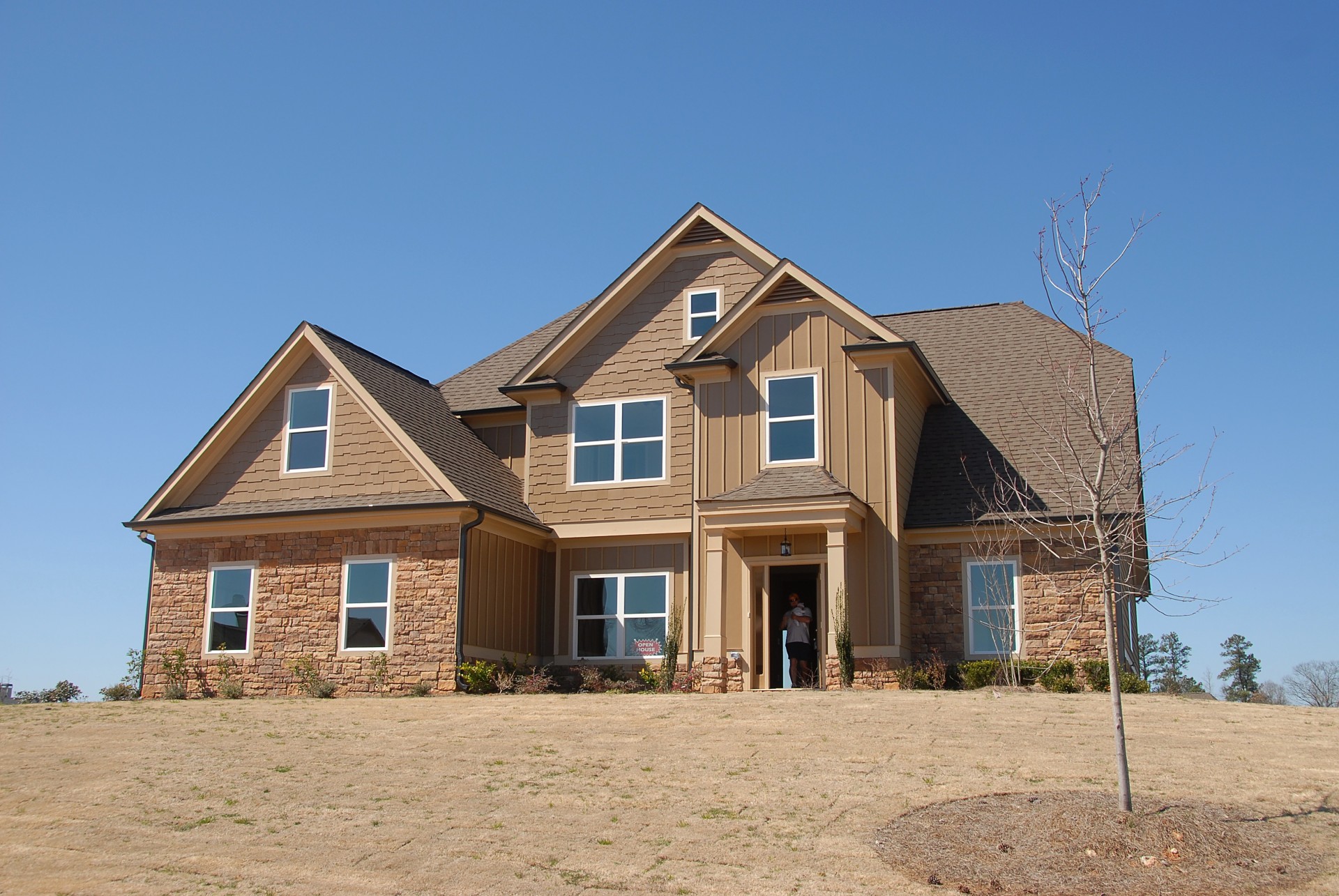The concept of home transcends mere physicality; it embodies a sanctuary of the soul, a bastion of familial bonds, and an eternal reflection of divine light. The Bahá’í teachings afford a unique perspective on the very essence of what constitutes a home. They invite adherents and seekers alike to explore the intricate tapestry woven from spiritual, emotional, and communal strands that together form the concept of a home. This article delves into the Bahá’í philosophy surrounding home, illuminating the notion that a home is not merely a physical structure but a heartfelt abode infused with the light of God.
To begin, one must acknowledge that the very essence of home, within Bahá’í teachings, is deeply interlinked with the principles of unity and love. Home serves as an integral microcosm of society—its dynamics mirror the collective. The Bahá’í Faith emphasizes the values of unity across diverse cultures, ethno-linguistic backgrounds, and social classes. Thus, a home becomes a metaphysical vessel, a nurturing ground wherein individuals cultivate love and understanding, training grounds for broader social unity.
In Bahá’í thought, the concept of spiritual architecture emerges prominently. Each family member contributes to the construction of a home fortified by faith, patience, and respect. Just as architecturally significant structures are built brick by brick, so too are the emotional and spiritual foundations of a home solidified by acts of love and charity. To engage with the divine within the household, each member must become a conscious participant in fostering an environment replete with kindness and compassion. This process is enlightening—the home transforms into a prism refracting the light of God through unity and affection.
Moreover, Bahá’í teachings encourage the practice of spiritual education within the home. It is oftentimes said that the home is the first school of humanity, which cultivates virtues that prepare individuals for life in the wider world. In this hallowed space, virtues such as generosity, honesty, and service are meticulously nurtured. Just as a gardener tills the soil to yield a bountiful harvest, so too must parents and guardians sow seeds of faith and knowledge in young minds. This spiritual upbringing positions the home not just as a shelter but as an incubator for future contributors to society, each blossoming uniquely under the nurturing light of God.
However, the home is not solely a realm for individual growth. Bahá’í teachings prescribe communal engagement as essential to the integrity of a home. The idea of home extends beyond its physical confines. Families are urged to engage with the surrounding community, fostering bonds that culminate in larger networks of unity. Such engagement allows the home to become a beacon, illuminating pathways toward service and collective action. The home, then, becomes a flourishing fulcrum of social change—supporting not only its inhabitants but also those beyond its walls. In this sense, the home becomes akin to a lighthouse, guiding lost souls toward safety and purpose.
Another salient aspect of Bahá’í teachings on home is the emphasis on trust and openness. For a home to truly encapsulate the light of God, it must be a sanctum of honesty. Open communication breeds understanding, dispelling shadows of doubt and discord. This notion is paramount; the absence of trust enshrouds walls in darkness, inhibiting the influx of divine light. A home bathed in transparency allows individuals to explore their thoughts and emotions freely, nurturing not just individual spirits but the collective soul of the family. Fostering such an environment can prompt deep relationships that reflect the principles of divine love, echoing the very nature of God’s compassion for humanity.
Furthermore, the physical manifestation of home in Bahá’í thought symbolizes more than a space for shelter; it embodies the idea of beauty, artistry, and harmony. The aesthetics of a home—its decor, symmetry, and ambiance—should echo the profound reverence for creation embodied within Bahá’í teachings. Caring for one’s environment and cultivating beauty reflects an appreciation for God’s artistry in the natural realm. Balancing the material simplicity with spiritual grandeur ensures that homes resonate with an inviting grace, beckoning the divine spirit to dwell therein.
The journey toward finding a true home, as illuminated by Bahá’í teachings, is not merely about the geographic location. It is instead a pilgrimage of the heart. It necessitates intention, commitment, and the resolve to harmonize physical and spiritual dimensions. This journey may encompass challenges and tribulations, yet each experience acts as a catalyst for growth. As families persist in navigating life’s vicissitudes, they become more adept at finding solace in each other, ever glimmering with the light of God even during tempestuous times.
In conclusion, the Bahá’í teachings regarding home offer profound insights into the multifaceted nature of this sacred space. A home is painted with the colors of love, shaped by the hands of unity, and adorned by the virtues of its inhabitants. It is where the light of God can be found, illuminating the paths for generations to come. Each family, each community, brimming with the divine radiance, has the power to manifest a sanctuary that transcends earthly boundaries—verifying the axiom that indeed, a home is a home is a home.
